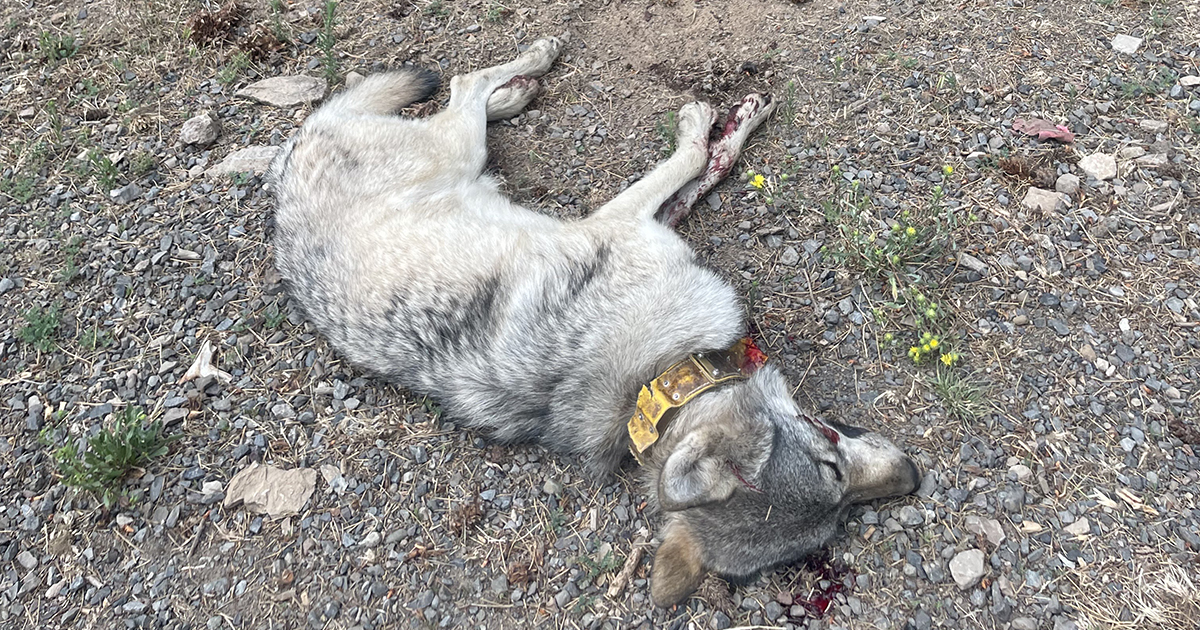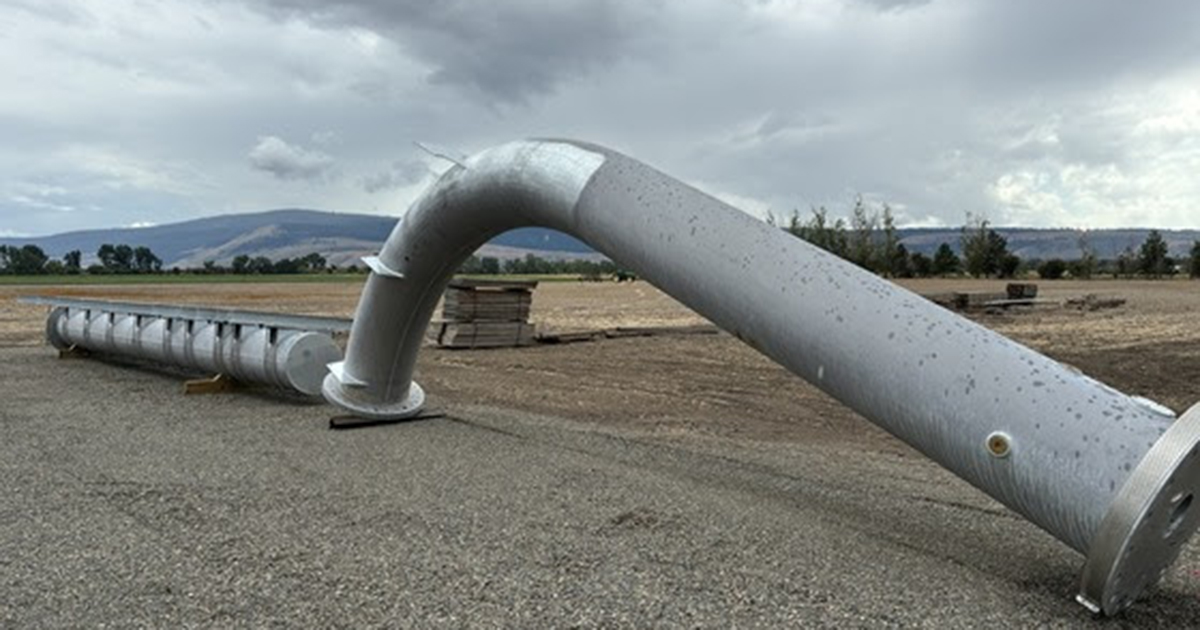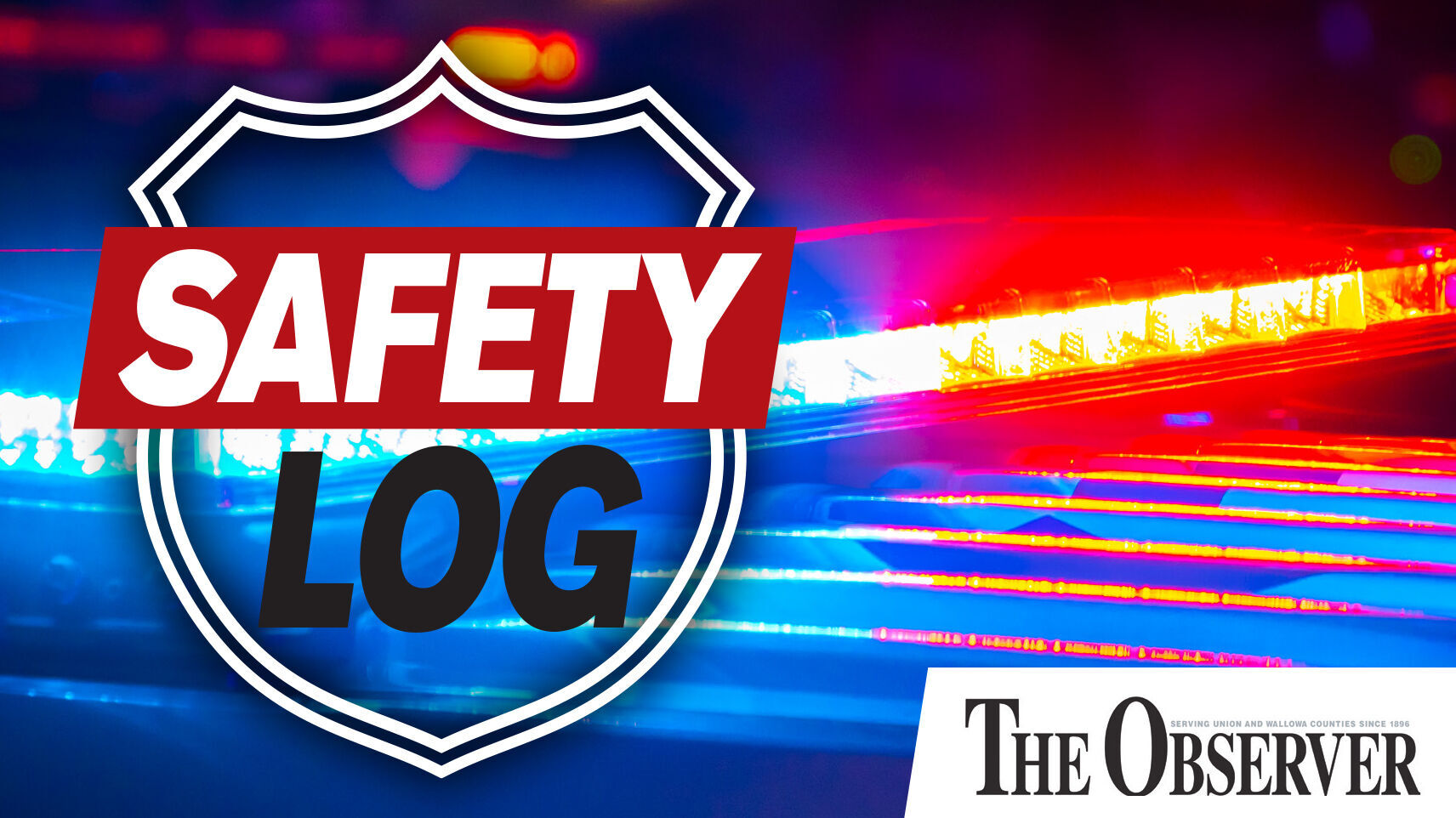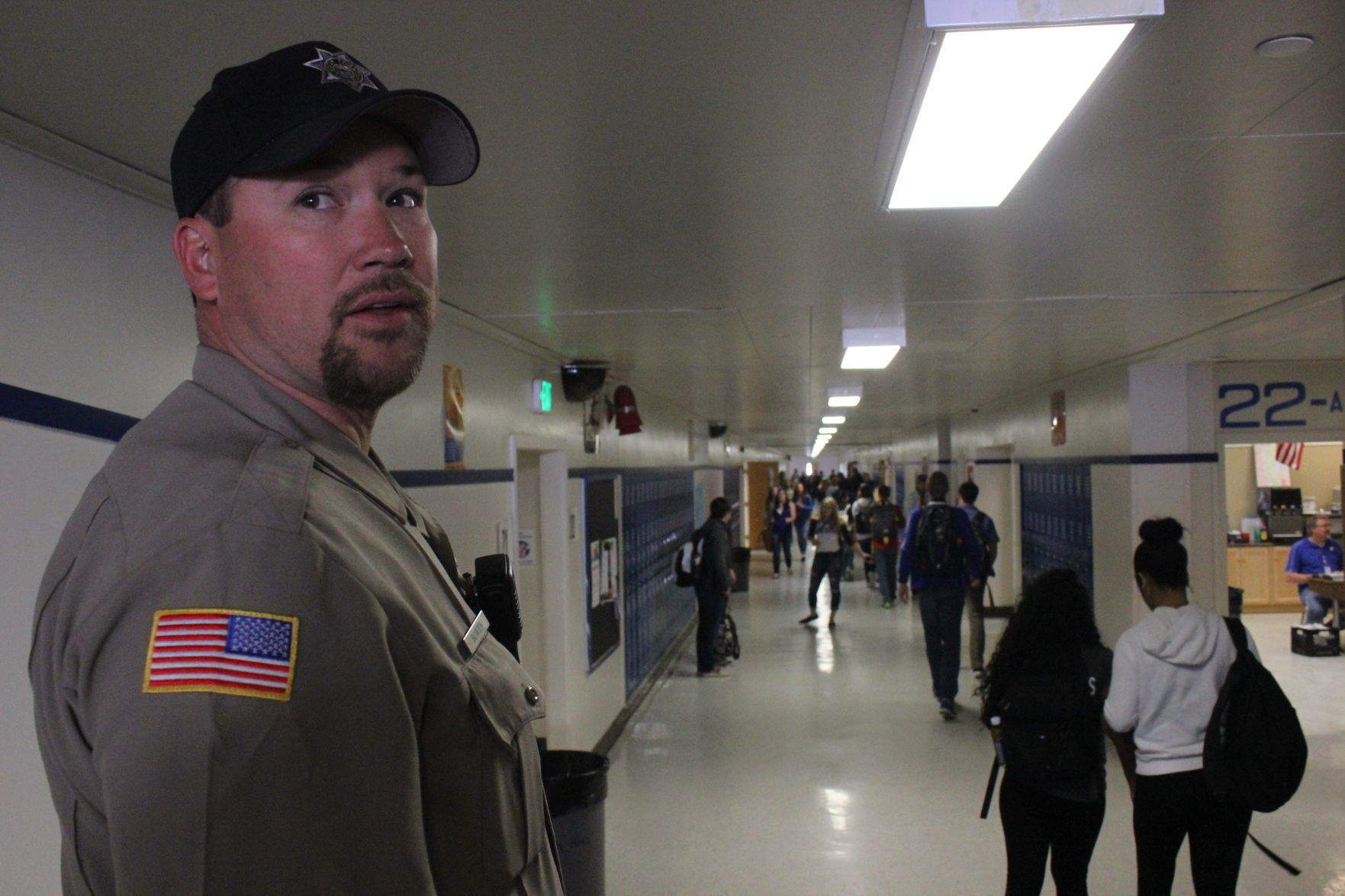Alaska Airlines launches new Oregon academy to help address pilot shortage
Published 4:00 pm Wednesday, March 9, 2022
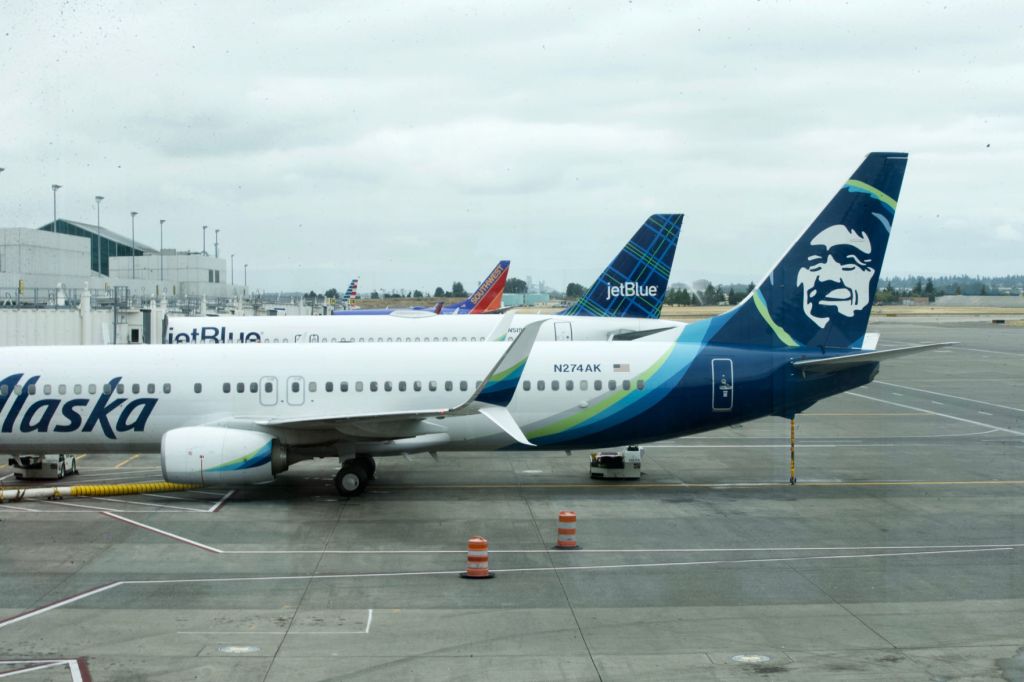
- Alaska Airlines and its regional sister carrier Horizon Air are launching a flight school program with the aim of addressing the pilot shortage. Applications for spots in the new flight academy are now open and the airlines are hoping the first cohort of prospective pilots will begin training April 1, 2022.
PORTLAND — Alaska Airlines is prepared to spend millions of dollars to help students attend an Oregon flight school, get their commercial pilot licenses and then get them flying planes for Horizon Air, its regional sister carrier.
Trending
The Seattle-based air group is partnering with the Hillsboro Aero Academy to launch Ascend Pilot Academy, which will offer training in either Hillsboro or Redmond. The airline will offer low-interest flight school loans, cover the cost of a commercial pilot license, then give the new pilots a job upon completing the program.
It’s the latest attempt from an airline to shore up its hiring pipeline as carriers across the country try to navigate serious pilot shortages that have forced delays, cancellations and higher plane ticket prices.
Other airlines, too, have recently opened their own flight academies to entice candidates who otherwise may not have pursued a career as a pilot.
Trending
While passenger volume is only 9% lower than pre-pandemic levels, the number of domestic flights is still down 16% compared to before the pandemic, according to a report released this month by Airlines for America, a trade association that represents major North American airlines.
Scott Keyes, the Portland-based founder of the travel discount website Scott’s Cheap Flights, said airlines have been unable to keep up with rebounding travel demand due in large part to the pilot shortage. That shortage predated the pandemic, but airlines made things worse when they offered pilots early retirement packages early in the pandemic to cut costs.
One report from consulting firm Oliver Wyman estimates that the U.S. will be short 12,000 pilots by the end of 2023.
“When the airlines reacted to the beginning of the pandemic by really freezing their hiring, not continuing with their ramp-up plans like they had, it seemed like a prudent decision,” Keyes said. “But now with travel rebounding much more quickly than anyone expected, airlines have been caught pretty flat-footed.”
To fill the gap, major airlines are hiring pilots away from regional carriers. About 80% of pilots hired by major airlines in 2022 are expected to come from regional airlines, said Carlos Zendejas, Horizon Air’s vice president of flight operations.
That could squeeze the regional airlines, Keyes said, and lead to more cuts in service to smaller destinations, leaving people in places like Medford and Eugene with fewer flight options.
Zendejas said airlines will need to hire more than 10,000 pilots in 2022, double the number of pilots who were hired in 2019. He said Alaska and Horizon alone anticipate they will need to hire 2,000 more pilots by 2025.
Students with little to no flight experience who enroll in the new Ascend Pilot Academy will get access to low-interest loans to help them pay for the training program, a $3,500 stipend to cover their flight instructor certification, a $25,000 stipend to cover the cost of obtaining a commercial pilot license and a conditional job offer from Horizon Air, contingent on completing the program.
The total cost of participating in the Ascend Pilot Academy and obtaining a commercial pilot license will be between $65,000-$80,000, Zendejas said. He said the airlines hope the stipend and low-interest loans will be enough to entice prospective students who previously saw a career as a pilot as cost-prohibitive.
“What we’re seeing at Horizon is a lot of pilot attrition, so we’re in the process of backfilling for that,” Zendejas said. “We have some programs in place, including our Pilot Development Program, which is a partnership with established flight schools and universities, but this academy program will give us another source of pilots, so as we look to the future, more of our pilots can come from our pipelines.”
Applications for spots in the new flight academy are now open and the airlines are hoping that the first cohort of prospective pilots will begin training April 1. Zendejas said they hope 250 new pilots will go through the academy each year.
He said the airlines hope to attract more candidates from underrepresented communities and are partnering with the Hillsboro School District to market the program.
“We’re out there marketing the profession, we’re giving the blueprints of how to do it, we’re providing financial stipends,” Zendejas said. “We’re out there working to make it accessible to a much broader group.”
However, Matt Barton, partner at Flight Path Economics, said that the opening of new flight academies won’t prevent the pilot shortage from dragging on for years.
That’s because of the time it takes for prospective pilots to obtain the certification necessary to work for commercial airlines. Federal regulations require that airline transport pilots put in 1,500 hours of flight time prior to receiving their certification, a rule that regional airlines have pushed to change. Barton said that many pilots will work as flight instructors after finishing flight school to obtain those hours. It can take an additional two years for some to complete their hours.
That time lag could make it difficult for the industry to navigate the pilot shortage as demand for travel returns to pre-pandemic levels, Barton said.
“The net result is that airports, cities are going to and are losing service, whether it’s one frequency a day or entire cities being disconnected from the network,” Barton said.


